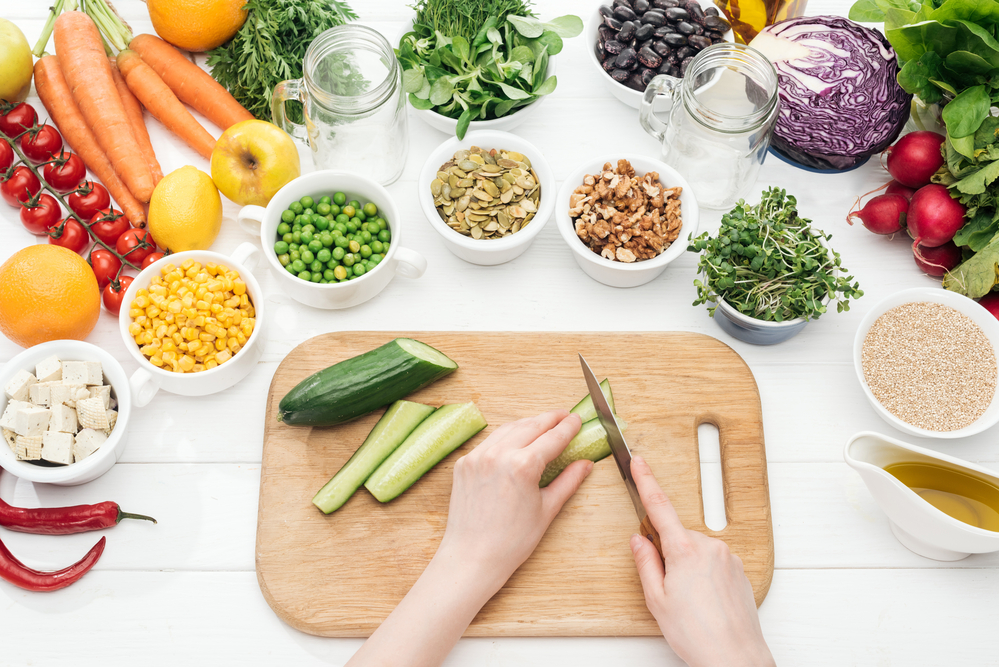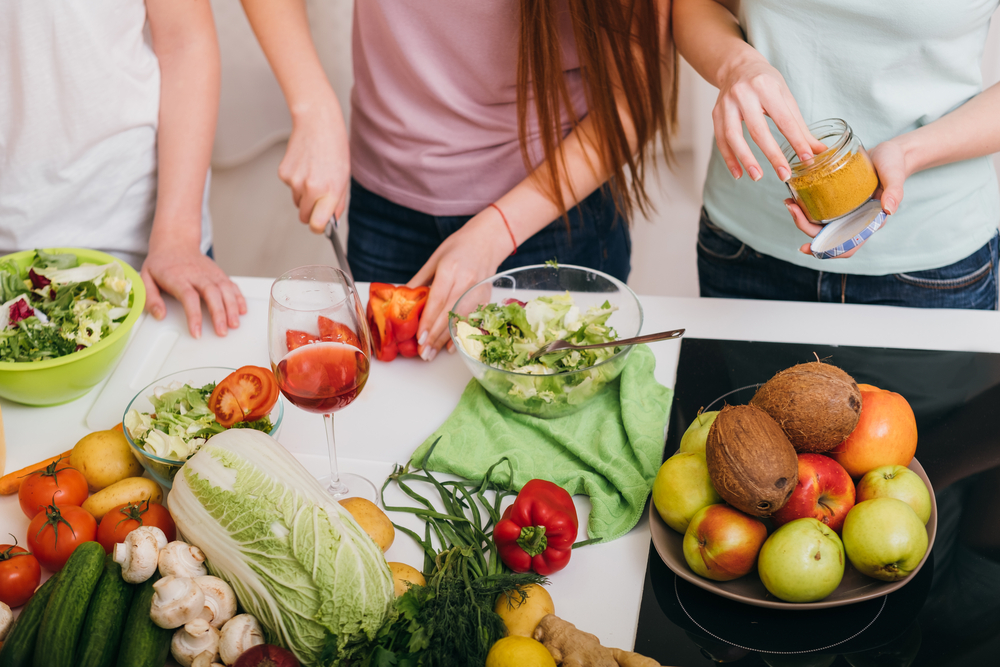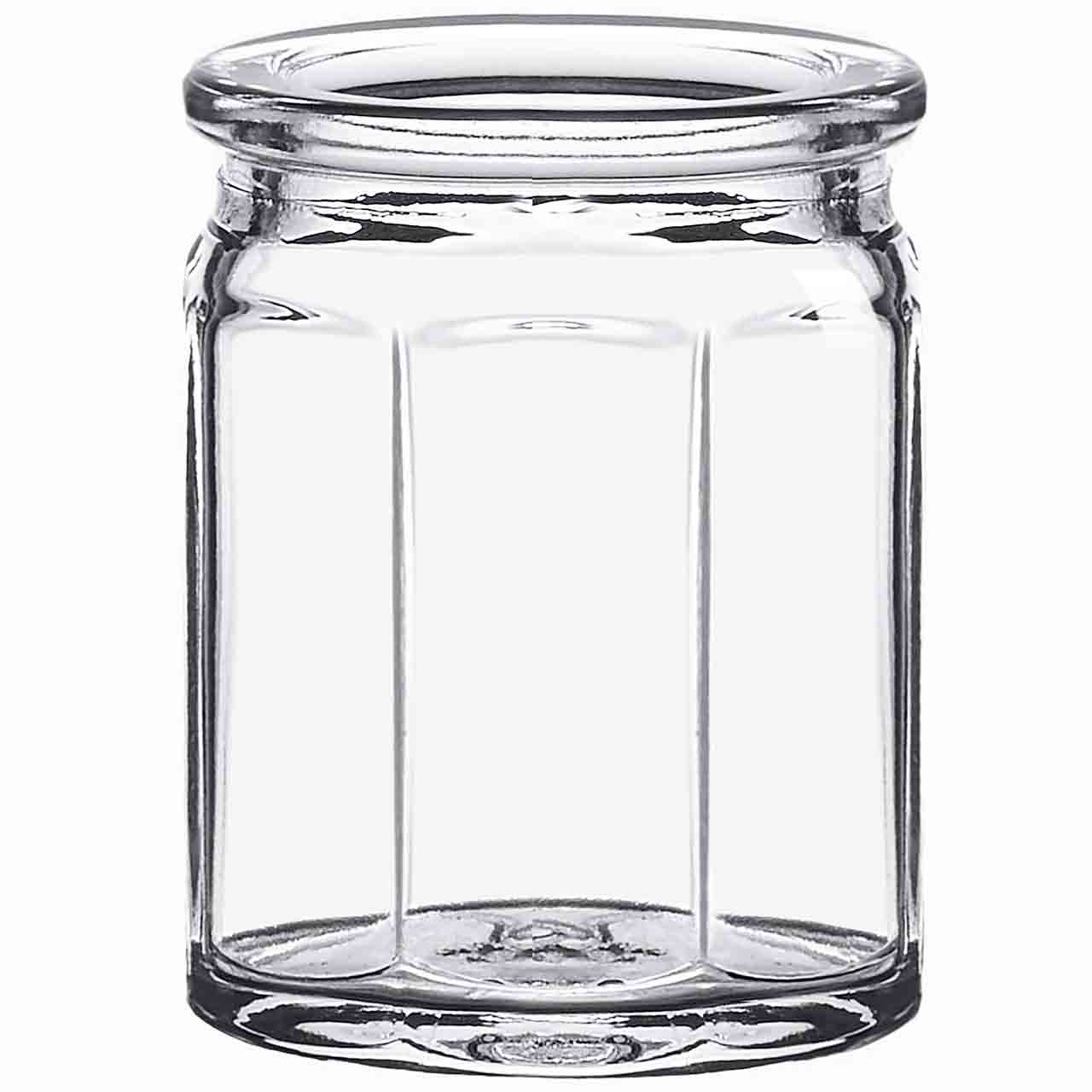In the competitive industry of herbs and spices, effective marketing strategies are crucial for success. There are plenty of marketing avenues to choose from and plenty of aspects to consider as you build your marketing strategy. Keep reading as we explore inventive ways to promote your herb or spice business and stand out in the market.
1. Understand Your Herb & Spice Business’ Customers
Herb and spice brands that launch successful marketing campaigns have something in common; they know their audience. Market research is vital to any business, so make sure your brand learns these three factors about its audience:
- Demographics: Gather data including the age, gender, and regions of your target audience. From this data, consider building a buyer persona that is most likely to purchase your herbs and spices.
- Spending Behavior: Learn about the pantry products that your audience purchases. Furthermore, learn how they shop — whether they shop online or seek out deals, and how they find new products in the first place.
- Attention: Research how your target customers spend their time. Learning what draws their attention will help elaborate the buyer persona, thus guiding your business’ marketing.
All of your brand’s marketing efforts must accommodate the buyer persona that you establish with this research. As you learn more about your customers and make more sales, make sure to gather feedback to help you improve both your products and your marketing plan.
2. Build a Distinct Brand Identity

Establishing a strong brand identity is essential; your identity separates your herb and spice business from your competitors. Define your brand’s values, mission, and voice. Then, reinforce your brand identity through both your products and marketing efforts. Create a memorable brand name, and design a logo that represents the identity.
An early goal for any small business is to build brand recognition and trust among customers. To do this with your new herb and spice business, ensure consistent representation of your brand identity across all marketing channels.
3. Impress Customers With Your Herb & Spice Business’ Website
A strong online presence is key to success for brands in the digital age. Make sure that your website reflects your brand identity and offers a seamless user experience. A visually appealing website keeps customers engaged, increases retention rates, and makes your brand more memorable. Platforms like WordPress and Squarespace make it easier to create an attractive website — just make sure to include eCommerce capabilities so your brand can sell its herbs and spices online.
With a website and digital storefront established, the next step is to optimize your website for search engines to attract more organic traffic. Create informative content that targets select keywords related to your business and industry, and optimize metadata on your site. For more SEO strategies, read Moz’ beginner’s guide.
4. Social Media Marketing for Herb and Spice Businesses
Having a strong social media presence is essential. With social media, your spice brand will reach and engage with both new and existing customers. Make sure to stay active on social platforms to stay top-of-mind with your target audience, and interact with your followers by responding to their comments and inquiries.
To find success in social media marketing for your herb and spice business, follow the three steps below:
- Select Your Social Media Platforms: Brands choose different platforms, depending on their audience. However, herb and spice brands commonly use Instagram, Facebook, and Twitter due to their general popularity and the ability to share photos and videos.
- Plan Post Ideas: Think of post ideas that align with your brand and that will be valuable to your audience. Then, consider how you plan to format these posts; platforms often reuse post formats to establish themes and routines.
- Create and Fulfill a Content Calendar: A content calendar will keep your business organized on the social media front. Aim to post enough so your followers remember your profile and look forward to your posts, but not so much that they consider your account as spam. Once the calendar is planned, you’re set to design the posts, write the captions, and schedule the posts to go live.
5. Plan Your Product Ads
With a dedicated ad budget, your herb and spice brand will reach a wider audience. Google and social media ads are common for all sorts of brands, though consider exploring different advertising channels as needed. The goal is to use the platforms and media outlets that align with your target audience to maximize the impact of your advertising efforts. Furthermore, tools like HubSpot will help your business plan and track its ad campaigns.
Effective advertising is attention-grabbing and presents a cohesive design. In your product ads, make sure to highlight the unique aspects of the product and include branding assets.
6. Connect to Your Customers With Email Marketing
Email marketing is a powerful tool for herb and spice brands, allowing them to stay in direct touch with their customer base. Brands use email marketing to promote new products, offer promotions, and showcase seasonal recipes that include their products.
To move forward with email marketing, you will need a list of your customers’ emails. Some brands collect emails automatically when online purchases occur, while others ask for manual signups for an email newsletter. Once you have a decent list, your business will be ready to craft compelling content that resonates with your audience. Consider using email marketing platforms like MailChimp to design attractive and professional emails.
7. Share Recipes & Cooking Videos
 As an herb and spice business, customers are naturally using your products in the kitchen. Thus, it’s no surprise that many pantry brands post recipes and cooking videos on social media and on their websites. In particular, YouTube and Instagram are great places for cooking video content.
As an herb and spice business, customers are naturally using your products in the kitchen. Thus, it’s no surprise that many pantry brands post recipes and cooking videos on social media and on their websites. In particular, YouTube and Instagram are great places for cooking video content.
Recipes and cooking videos speak directly to the target audience — and moreover, they provide value to the customer. With good content, customers will be excited to learn about your product and how they can use it in their cooking. Engage with your audience by encouraging them to try your recipes and share their experiences.
8. Explore More Digital Marketing Initiatives
For many businesses, it benefits them to expand their digital marketing efforts beyond the essentials. The following are more niche, yet effective, marketing initiatives for your business to consider:
- Blog Content: Blogs allow customers to familiarize themselves with your brand identity in a more long-form format. The goal of blogs is to provide valuable information to customers, leading to returning visits to your site. Many blogs allow for visitor comments as well, opening another avenue for customer engagement.
- Forum Content: Forums are another great place to commune with customers who care about your brand, or herbs and spices in general. While the content is shorter than blogs, you will have more fluent conversations about a relevant topic, and perhaps open B2B networking in the process.
- Influencer Marketing: There are many celebrity chefs and cooking influencers, all varying in popularity. Herb and spice brands have worked with celebrities and influencers in the past for mutual benefit; consider Knorr’s partnership with Marco Pierre White, for example. If viable, seek partnerships that will build a stronger reputation for your brand.
9. Partner with Classes and Workshops

Partnering with cooking classes and workshops offer numerous benefits to your herb and spice business. These partnerships provide an opportunity to showcase your products in a hands-on environment where participants directly interact with them. By collaborating with cooking classes or workshops, you align your brand with culinary experts and professionals, thus establishing credibility and trust among participants.
To form successful partnerships, start by researching local cooking schools, culinary institutes, and workshops that align with your target audience. Approach them with a proposal to collaborate on events or classes where your products will be featured. Offer to provide samples or ingredients for the classes, highlighting the unique qualities of your herbs and spices.
In-person events significantly increase brand awareness and attract new customers in a local region. Participants in these classes are often passionate about cooking and have a genuine interest in high-quality ingredients. By experiencing your herbs and spices firsthand, they are more likely to become loyal customers and recommend your brand to others.
10. Participate in Trade Fairs and Farmers Markets
Trade fairs and farmers markets allow your brand to showcase its herbs and spices to a diverse audience, including both B2B buyers and individual customers. You will connect with potential retailers, distributors, and other businesses in the industry, thereby opening up opportunities for B2B sales.
To stand out at these events, you will need an eye-catching booth or stand. Incorporate visually appealing elements and signage that highlight the uniqueness of your herb and spice products. Also, consider offering cooking demonstrations or samples to engage visitors and give them a taste of what your products have to offer.
Top Glass Packaging Options for Herbs & Spices
When it comes to herb and spice packaging, glass jars are the top option. The material is non-porous and inert, allowing the container to preserve the products without contamination or spoilage for as long as possible. For the best glass spice jars, refer to the table below:
| NAME | CAPACITY | IMAGE |
| Octagonal Glass Jar | 1.2 oz. |  |
| Square Glass Jar | 1.5 oz. |  |
| Rectangle Spice Glass Jar | 3.4 oz. |  |
| Round Spice Glass Jar | 3.4 oz. |  |
Conclusion
Both digitally and in-person, there are many marketing tactics for your herb and spice business to consider. As you plan your overall marketing strategy, remember to keep the target customer and your brand identity in mind the whole way through. For more tips to elevate your herb & spice business, consider your product packaging and read Glassnow’s list of trending packaging designs in 2023.

